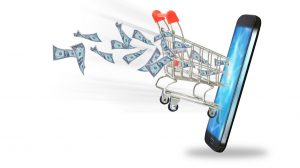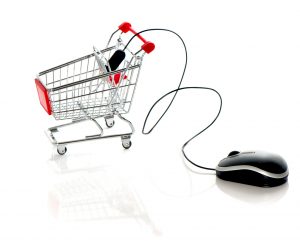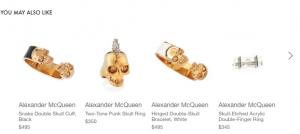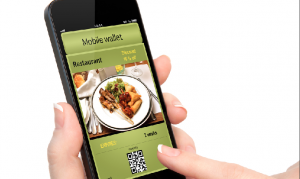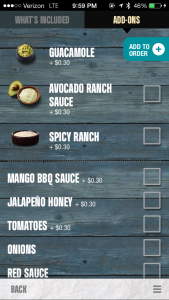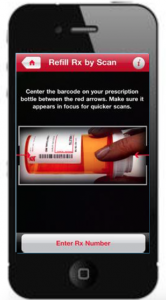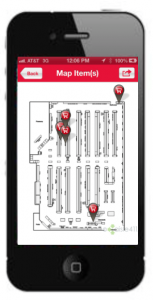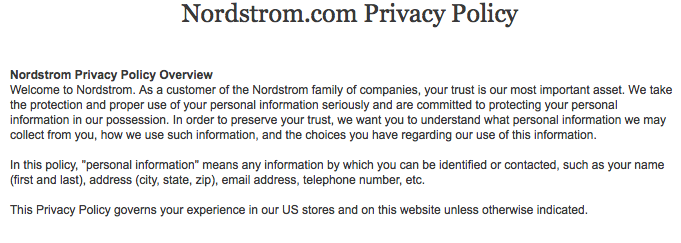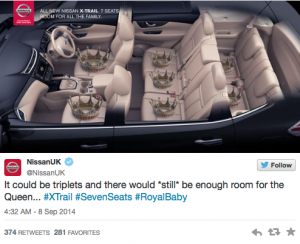By Bryon Morrison, Commissioner of The 2016 NectarOM Road to Omni Channel Tournament
Every year March introduces a special kind of “madness” for basketball fans, but this year ushers in a new kind of competition for advanced marketers. 2016 is the inaugural year of The NectarOM Road to Omni Channel Tournament where some of America’s most recognized traditional brick and mortar marketers will be competing against each other to show their prowess in Omni Channel Marketing and how they are evolving in a digital world.
This tournament will have many similarities with that other tournament. A wide field of brands from more than 30 industry categories, also known as their “conferences” (i.e., Specialty Retail, Telco, Electronics Retailers, CPG, etc.) will be evaluated. The eight most qualified companies will compete in their respective industry categories, as well as in cross-category match ups. Each team’s professional audit score for how they respond to prospects and customers online, in mobile and in outbound messaging channels will dictate their “score” and ability to move up in the brackets.
The Need For Omnichannel
A company’s ability to serve their customers in all possible channels has become table stakes thanks to “digital brands” like Amazon, Netflix, Apple and Google. Those companies created in the last 15-20 years were built on the assumption that customers and data are of paramount value. They already know they can make a greater business impact by offering a seamless, holistic experience across all channels. Anyone that’s bought something on Amazon will attest to the superior experience associated with their understanding of your needs and preemptively introducing solutions that just seem to fit every situation.
So what about the predecessors to those digital brands – those large companies that are the foundation of American commerce? Those industry icons have spent years investing in brick and mortar locations or spent endless time and resources driving consumers to a physical location. Most of these companies deal with batched data or backward looking analytics for insights so their foundation is infinitely different than their more digital contemporaries. As a result, the pace of change has been much more difficult for them to manage. Case in point, the internet and ecommerce required a game of catch up and before they perfected things their reality shifted again with the introduction of mobile and social.
The New Reality
The evolution of brick and mortar oriented companies is a requirement and they know it. While store sales dominate those of e-commerce that is changing. As an example, ecommerce outpaced physical store sales 5-to-1 last year. In addition, the companies struggling with surrounding a prospect or customer and serving them in their preferred channel are watching $41 billion in sales move to a competitor due to poor customer service. And sales don’t necessarily get them back in the door since 64% of consumers choose their favorite brands based on experience over price.
The future for companies that cannot embrace this change is bleak. Smart companies are committing resources to make their customer experience seamless online and off. Unfortunately, the reality is more companies are talking omnichannel rather than providing it. Digital competitors, unencumbered by expensive physical infrastructures, are prone to rapidly test and execute against omnichannel strategies while traditional marketers often use it as a soundbite for stockholder meetings.
The Competition and the Brackets
The NectarOM Road to Omnichannel Tournament will show which companies are truly investing in and delivering a superior experience across all channels for existing and potential customers. We will see who has put together the best channels (i.e., “players”) and who is achieving a high level of execution in each channel (i.e., “player stats”).
The competitors included in the tournament this year will be introduced on Selection Monday, March 14. To follow the team selection process, the games updates and stats you can…
- Click here and watch for updates on our blog
- Follow the tournament on Twitter with #TR2O and #MarchMadness
- Sign up for email alerts by signing up here
See which brands made the cut: //nectarom.com/selection-monday-let-madness-begin/





